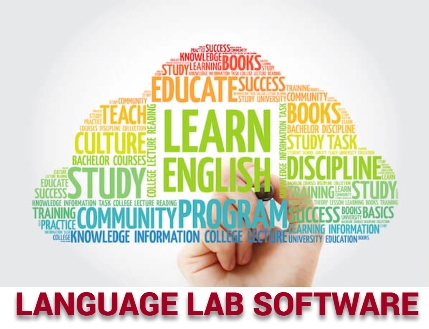What is Library Automation?
Library automation refers to the use of technology, software, and electronic systems to manage various library functions, such as cataloging, circulation, acquisition, and user management. It eliminates manual record-keeping, enhances efficiency, and ensures seamless access to library resources. With automation, libraries can improve their service quality, optimize workflow, and provide better user experiences.
Library automation systems have evolved significantly, incorporating advanced technologies such as cloud computing, artificial intelligence (AI), and radio-frequency identification (RFID). These systems help manage large collections, track books, streamline check-in/check-out processes, and reduce human errors.
Types of Library Automation
Library automation can be categorized into different types based on its scope and implementation level. The primary types include:
- Integrated Library Systems (ILS): These are comprehensive platforms that manage library functions, including cataloging, circulation, and user services. Examples include KOHA (https://koha-community.org), SOUL (https://inflibnet.ac.in/soul), BookBolt (https://www.ganak.in), and eMaster.
- Digital Library Systems: These manage digital resources, such as e-books, online journals, and multimedia content, allowing users to access resources remotely.
- RFID-Based Automation: This involves the use of RFID technology to automate book check-in/check-out, inventory management, and security.
- Cloud-Based Library Systems: These systems use cloud computing to store data and provide access to library services remotely, enabling collaboration among multiple libraries.
- Hybrid Library Automation: Combines digital and physical library management, integrating RFID technology, barcode systems, and digital resource management.
Fully Automated Library Systems and RFID Technology, What is Fully Automated Library System?
A fully automated library system integrates advanced technology to manage all library operations without manual intervention. It encompasses online cataloging, self-check-in/check-out, automated fine collection, real-time tracking, and security.
What is RFID?
Radio-Frequency Identification (RFID) is an advanced technology used for tracking and managing books in a fully automated library system. It consists of RFID tags, readers, and software that work together to facilitate automatic identification and tracking of library resources. Unlike traditional barcode systems, RFID does not require direct scanning; it enables multiple books to be read simultaneously.
Devices Used in Fully Automated Library Systems
A fully automated library system requires specialized hardware and software. The essential devices include:
- RFID Tags: These are embedded in books to store identification data and communicate with RFID readers.
- RFID Readers: Devices that scan RFID tags to track and identify books.
- Self-Check-In/Check-Out Kiosks: Enable users to borrow and return books without librarian assistance.
- Automated Book Drop Box: A device that automatically registers book returns and updates the system.
- Security Gates: Equipped with RFID sensors to prevent unauthorized removal of books.
- Inventory Management Scanners: Portable RFID scanners that help librarians conduct real-time stock verification.
Benefits of RFID-Based Fully Automated Libraries
RFID-based fully automated libraries offer numerous benefits:
- Improved Efficiency: Automates check-in/check-out, reducing queues and wait times.
- Enhanced Security: Prevents unauthorized book removal using RFID-enabled security gates.
- Real-Time Inventory Management: Enables quick and accurate stock verification.
- Better User Experience: Allows self-service operations, reducing dependency on librarians.
- Reduces Human Errors: Minimizes issues related to misplaced books and incorrect entries.
- Faster Transactions: RFID enables multiple book scans at once, making the process quicker.
- Remote Access: Users can check availability and place holds online.
Fully Automated Library Software
Several software solutions facilitate library automation. Some popular ones include:
1. KOHA
- Open-source integrated library system (ILS)
- Supports cataloging, circulation, and patron management
- Cloud-based accessibility
- Multi-lingual support
- Website: https://koha-community.org
2. SOUL (Software for University Libraries)
- Developed by INFLIBNET, India
- Ideal for academic and research libraries
- Supports digital repository integration
- Website: https://inflibnet.ac.in/soul
3. BookBolt
- Proprietary library automation software by Ganak Technology
- Provides seamless book management, RFID integration, and cloud hosting
- Optimized for educational institutions
- Website: https://www.ganak.in
4. eMaster
- Comprehensive library management solution
- Supports RFID automation, barcode scanning, and online catalogs
- Customizable for various types of libraries
Conclusion
Library automation, especially RFID-based fully automated systems, has revolutionized library management by enhancing efficiency, security, and user experience. With advanced software solutions like KOHA, SOUL, BookBolt, and eMaster, libraries can streamline operations, reduce manual work, and provide seamless access to resources. As technology continues to evolve, library automation will play a crucial role in the digital transformation of educational and research institutions.



